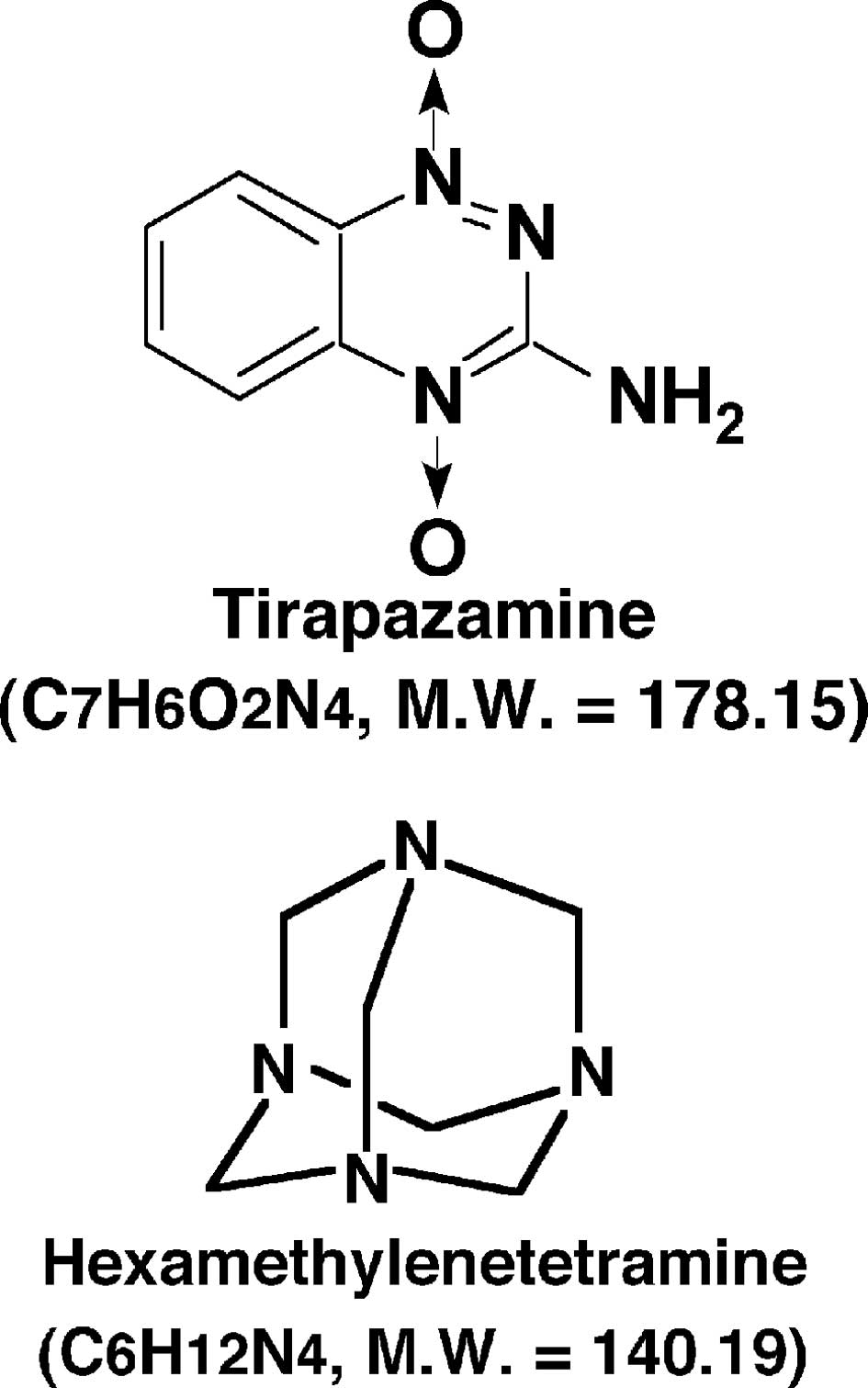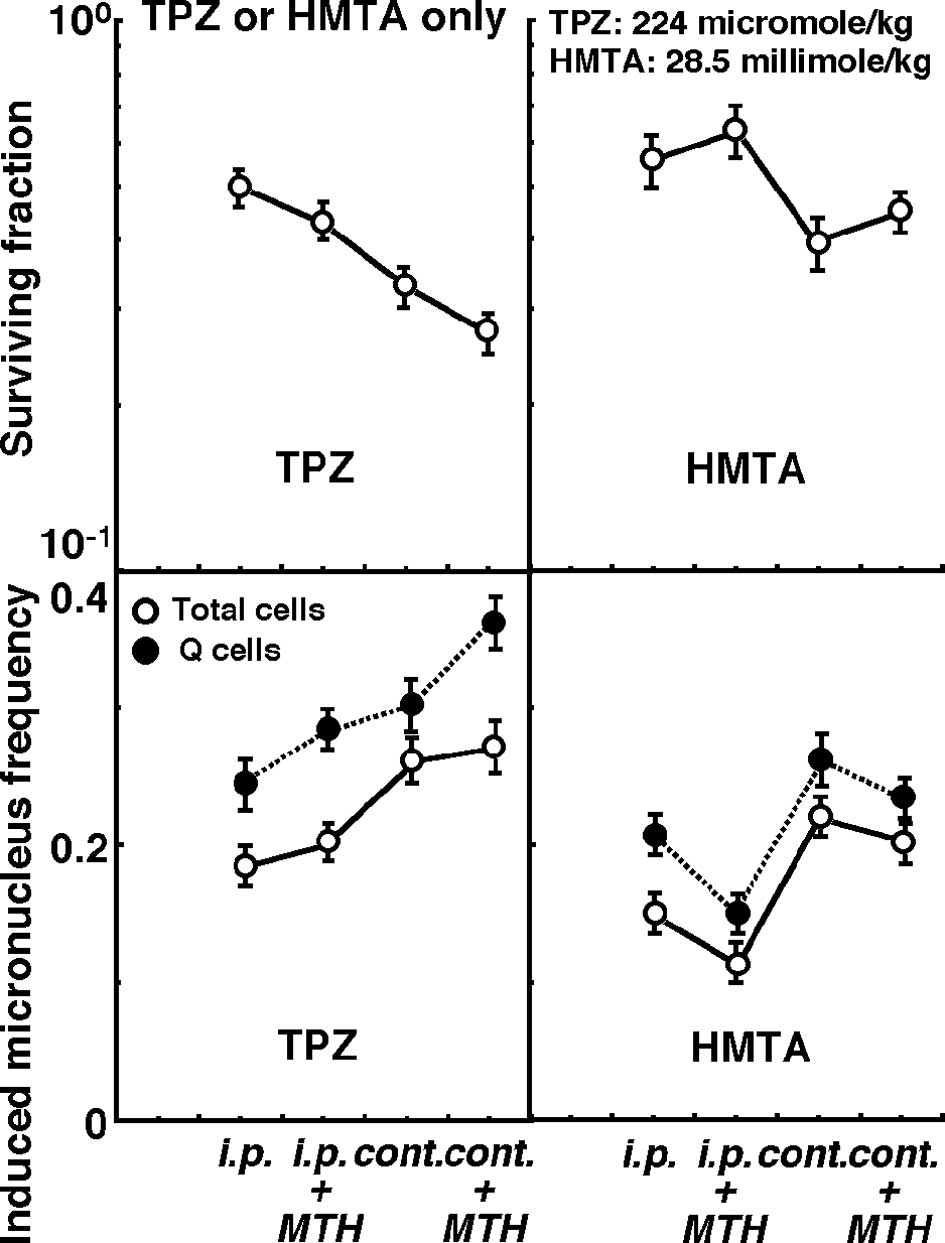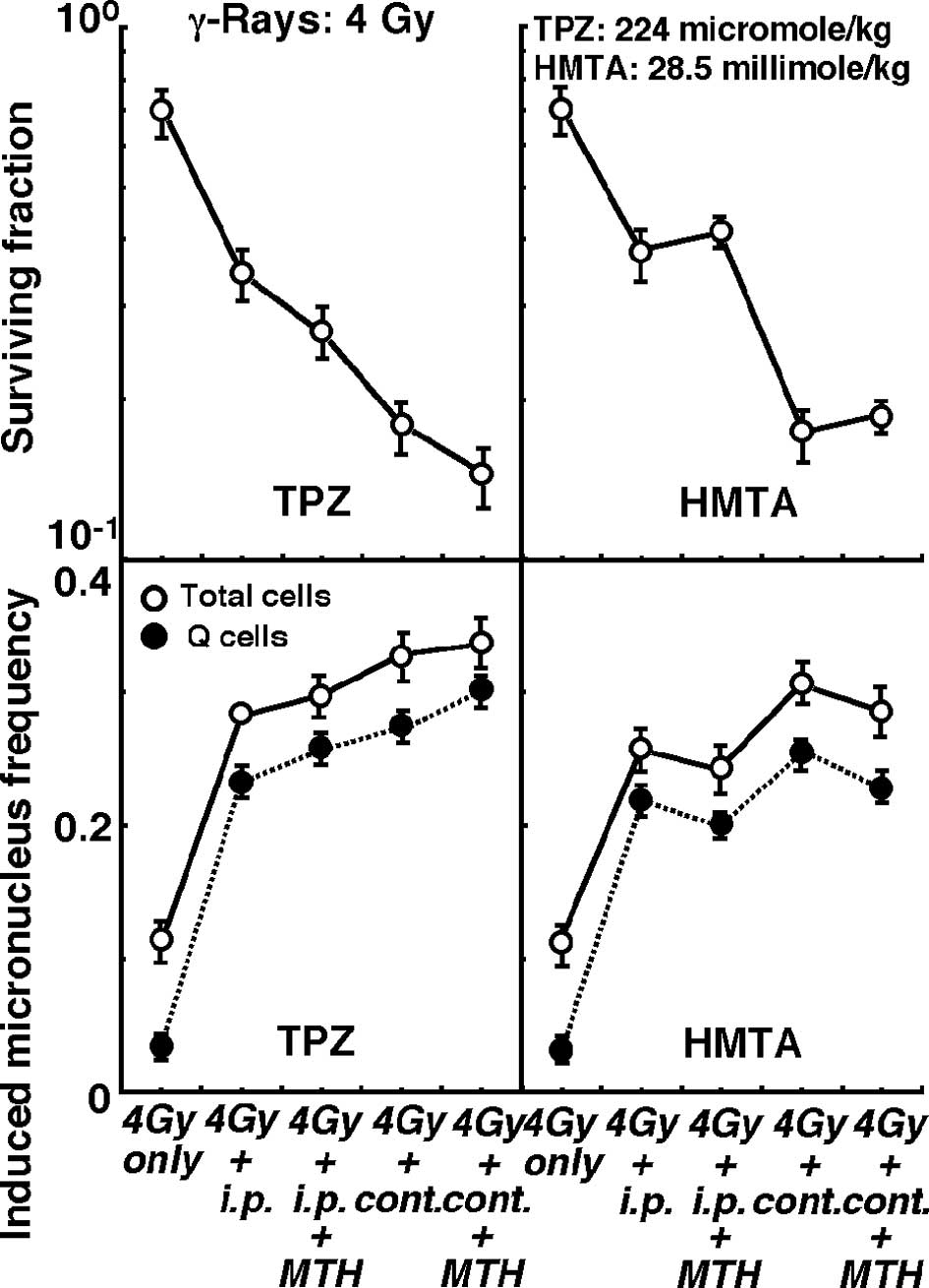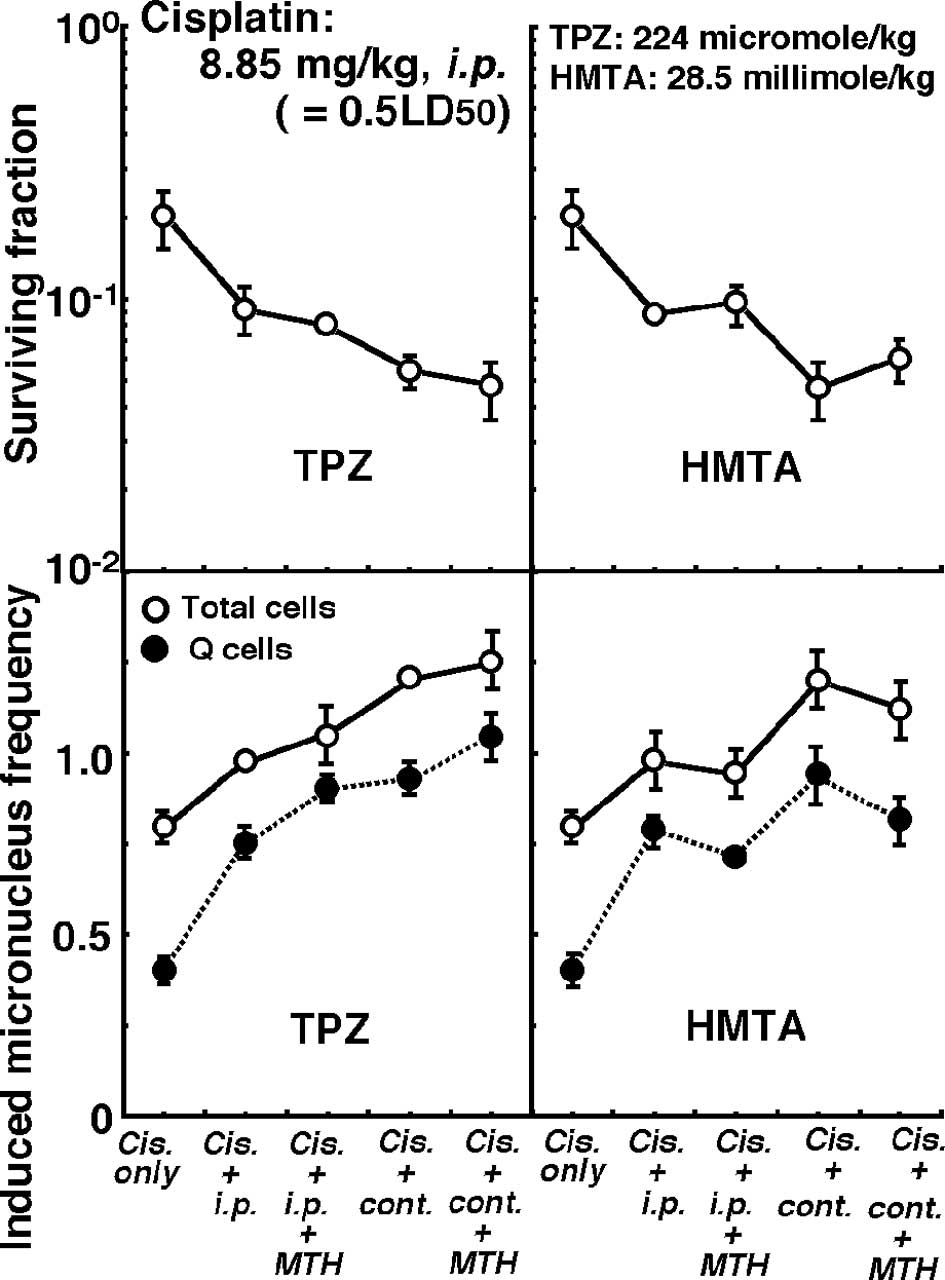|
1.
|
Hall EJ and Roizin-Towle L: Biological
effects of heat. Cancer Res. 44:4708–4713. 1984.PubMed/NCBI
|
|
2.
|
Sapareto SA and Dewey WC: Thermal dose
determination in cancer therapy. Int J Radiat Oncol Biol Phys.
10:787–800. 1984. View Article : Google Scholar : PubMed/NCBI
|
|
3.
|
Oleson JR, Samulski TV, Leopold KA, et al:
Sensitivity of hyperthermia trial outcomes to temperature and time:
Implications for thermal goals of treatment. Int J Radiat Oncol
Biol Phys. 25:289–297. 1993. View Article : Google Scholar : PubMed/NCBI
|
|
4.
|
Song CW, Park HJ, Lee CK and Griffin R:
Implications of increased tumour blood flow and oxygenation caused
by mild temperature hyperthermia in tumor treatment. Int J
Hyperthermia. 21:761–767. 2005. View Article : Google Scholar : PubMed/NCBI
|
|
5.
|
Armour EP and Raaphorst GP: Long duration
mild temperature hyperthermia and brachytherapy. Int J
Hyperthermia. 20:175–189. 2004. View Article : Google Scholar : PubMed/NCBI
|
|
6.
|
Kong G, Braun RD and Dewhirst MW:
Hyperthermia enables tumor-specific nanoparticle delivery: effect
of particle size. Cancer Res. 60:4440–4445. 2000.PubMed/NCBI
|
|
7.
|
Li CY and Dewhirst MW:
Hyperthermia-regulated immunogene therapy. Int J Hyperthermia.
18:586–596. 2002.PubMed/NCBI
|
|
8.
|
Kinuya S, Yokoyama K, Michigishi T and
Tonami N: Optimization of radioimmunotherapy interactions with
hyperthermia. Int J Hyperthermia. 20:190–200. 2004. View Article : Google Scholar : PubMed/NCBI
|
|
9.
|
Masunaga S, Nagasawa H, Uto Y, et al: The
usefulness of continuous administration of hypoxic cytotoxin
combined with mild temperature hyperthermia, with reference to
effects on quiescent tumour cell populations. Int J Hyperthermia.
21:305–318. 2005. View Article : Google Scholar : PubMed/NCBI
|
|
10.
|
Brown JM: Evidence of acutely hypoxic
cells in mouse tumours and a possible mechanism of reoxygenation.
Br J Radiol. 52:650–656. 1979. View Article : Google Scholar : PubMed/NCBI
|
|
11.
|
McKeown SR, Cowen RL and Williams KJ:
Bioreductive drugs: from concept to clinic. Clin Oncol. 19:427–442.
2007. View Article : Google Scholar : PubMed/NCBI
|
|
12.
|
Adam M, Bayer C, Henke J, Grosu A, Molls M
and Nieder C: Tirapazamine plus cisplatin and irradiation in a
mouse model: improved tumor control at the cost of increased
toxicity. J Cancer Res Clin Oncol. 134:137–146. 2008. View Article : Google Scholar : PubMed/NCBI
|
|
13.
|
Ridpath JR, Nakamura J, Tano K, et al:
Cells deficient in the Fanc/Brac pathway are hypersensitive to
plasma levels of formaldehyde. Cancer Res. 67:11117–11122. 2007.
View Article : Google Scholar : PubMed/NCBI
|
|
14.
|
Swift LP, Cutts SM, Rephaeli A, Nudelman A
and Phillips DR: Activation of adriamycin by the pH-dependent
formaldehyde-releasing prodrug hexamethylenetetramine. Mol Cancer
Therapeut. 2:189–198. 2003.PubMed/NCBI
|
|
15.
|
Masunaga S and Ono K: Significance of the
response of quiescent cell populations within solid tumors in
cancer therapy. J Radiat Res. 43:11–25. 2002. View Article : Google Scholar : PubMed/NCBI
|
|
16.
|
Masunaga S, Tano K, Watanabe M, et al:
Evaluation of the potential of hexamethylenetetramine, compared
with tirapazamine, as a combined agent with γ-irradiation and
cisplatin treatment in vivo. Br J Radiol. 82:392–400.
2009.PubMed/NCBI
|
|
17.
|
Nishimura Y, Ono K, Hiraoka M, et al:
Treatment of murine SCC VII tumors with localized hyperthermia and
temperature-sensitive liposomes containing cisplatin. Radiat Res.
122:161–167. 1990. View
Article : Google Scholar : PubMed/NCBI
|
|
18.
|
Hubal EA, Schlosser PM, Conolly RB and
Kimbell JS: Comparison of inhaled formaldehyde dosimetry
predictions with DNA-protein cross-link measurements in the rat
nasal passages. Toxicol Appl Pharmacol. 143:47–55. 1997. View Article : Google Scholar : PubMed/NCBI
|
|
19.
|
Kim JW and Dang CV: Cancer's molecular
sweet tooth and the Warburg effect. Cancer Res. 66:8927–8930.
2006.
|
|
20.
|
Iskandarova GT: Hygienic rationale for
maximum permissible concentration of hexamethylenetetramine salt of
2-chloroethyl-phosphonic acid. Gig Sanit. 10:14–17. 1993.PubMed/NCBI
|
|
21.
|
Wouters BG and Brown JM: Cells at
intermediate oxygen levels can be more important than the ‘hypoxic
fraction’ in determining tumor response to fractionated
radiotherapy. Radiat Res. 147:541–550. 1997.
|
|
22.
|
Bertram JS: The molecular biology of
cancer. Mol Aspects Med. 21:167–223. 2000. View Article : Google Scholar
|
|
23.
|
Vaupel P: Tumor microenvironmental
physiology and its implications for radiation oncology. Semin
Radiat Oncol. 14:197–275. 2004. View Article : Google Scholar : PubMed/NCBI
|













